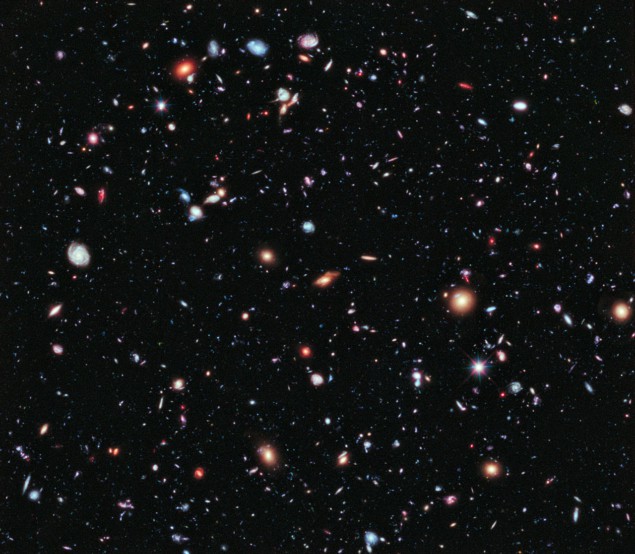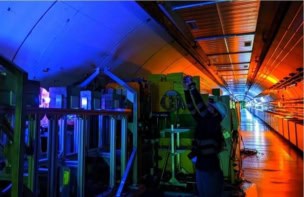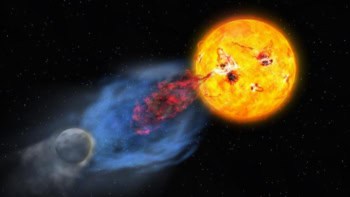The Hubble Space Telescope was launched on 24 April 1990. To celebrate its 30th anniversary in space, Physics World is publishing a series of blog posts exploring Hubble’s 10 best images, as chosen by the science journalist and editor Keith Cooper

Thanks to the finite speed of light, the deeper we look into space, the further back in time we go. But how far back can we see? Hubble’s eXtreme Deep Field answers that question with our deepest-ever view of the universe: some of those faint patches of light in it are galaxies dating back more than 13.2 billion years.
This window into the past gives cosmologists insight into how the earliest galaxies – more than 5000 of which fill the view in this tiny patch of sky – grew as they emerge from a truly ancient era known as the Dark Ages. But the galaxies of the era visible in this image are already a few hundred million years old. To witness the birth of the very first stars and galaxies, we will need a telescope beyond even the capabilities of Hubble.

Hubble’s best shots: Pillars of Creation
Fortunately, we should have one soon: the long-delayed James Webb Space Telescope (JWST), currently scheduled for launch in 2021. Designed to observe the universe at infrared wavelengths, it won’t be a true successor to Hubble, but it should prove just as profound in advancing our knowledge of the cosmos as Hubble has been – and continues to be.



